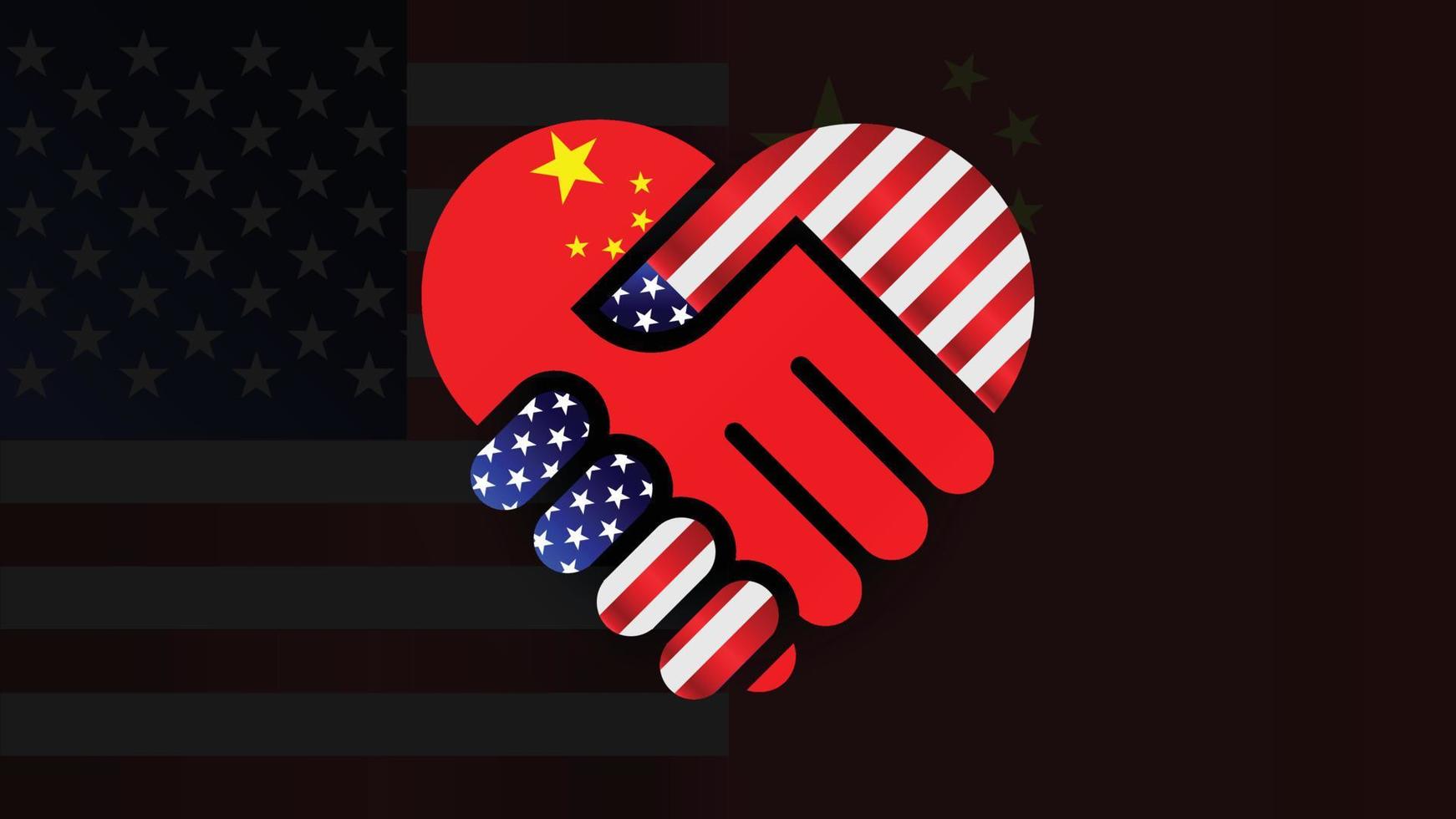
Nvidia Gets Green Light to Ship AI Chips to China After CEO Meets Trump
Silicon Diplomacy: How Nvidia's China Gambit Rewrites the AI Export Playbook
WASHINGTON — The U.S. Commerce Department has quietly begun issuing licenses for Nvidia's H20 artificial intelligence chips to flow into Chinese markets, marking a dramatic reversal of the April 2025 prohibition that had frozen billions in potential revenue. This policy pivot emerged within days of Nvidia CEO Jensen Huang's direct appeal to President Donald Trump, highlighting how personal diplomacy now shapes America's technological foreign policy.

The implications extend far beyond a single company's bottom line. With Nvidia having anticipated up to $15 billion in H20 sales for the current fiscal year before the export ban, this licensing resumption represents one of the most significant technology policy reversals in recent memory—one that could reshape the competitive dynamics of global AI development.

The Architect's Gambit
The H20 chip represents Silicon Valley's most sophisticated attempt at technological diplomacy. Purpose-built for the Chinese market, it deliberately operates below the computational thresholds established during the Biden administration while maintaining enough capability to power advanced AI applications. This engineering compromise—less powerful than Nvidia's flagship chips yet still formidable—embodied a middle path between unfettered technology transfer and complete embargo.
The U.S. government, through rules updated by the Biden administration, restricts the export of high-performance AI chips. These controls establish specific performance thresholds, based on factors like processing power and interconnect speed, to prevent certain countries from acquiring advanced semiconductor technology.
When Commerce Department officials moved to halt H20 exports in April, citing national security concerns about potential military applications, they effectively shuttered this carefully calibrated approach. The decision stranded millions of chips in TSMC's Taiwanese fabrication facilities and left Chinese technology companies scrambling for alternatives.
Industry analysts suggest the timing of Huang's successful lobbying effort reflects broader market realities that pure policy restrictions could not address. "The complete prohibition was creating more problems than it solved," noted one semiconductor industry executive who requested anonymity. "Chinese companies were simply finding workarounds through gray market channels, defeating the purpose of controlled access."
Market Forces Reshape Policy
The numbers tell a compelling story of economic gravity overcoming political restrictions. Taiwan Semiconductor Manufacturing Company, which produces the H20 chips, had accumulated an estimated 600,000 to 700,000 units in inventory by late July, with new orders for approximately 300,000 additional chips placed in anticipation of licensing resumption.
Projected AI infrastructure spending in China, highlighting the significant market demand for advanced chips.
| Forecast Area | Metric | 2024 | 2025 | 2028 | 2030 | Growth Rate (CAGR) |
|---|---|---|---|---|---|---|
| AI Capital Expenditure | Spending (USD) | - | $84 billion - $98 billion | - | - | 48% (2024-2025) |
| Government AI Investment | Spending (CNY) | - | up to 400 billion yuan | - | - | - |
| Major Internet Companies AI Investment | Spending (CNY) | - | up to 172 billion yuan | - | - | - |
| AI Infrastructure Spending (PRC Region) | - | - | - | $223 billion (globally, with PRC as fastest growing) | - | 35% (5-year CAGR from 2025) |
| Data Center Market Revenue | Revenue (USD) | $16.41 billion | - | - | $32.20 billion | 11.9% (2025-2030) |
| Data Center Market Size | Value (USD) | - | - | - | $33.37 billion | 12.7% (2024-2030) |
| Data Center Capacity | Power (MW) | - | 4,270 MW | - | 8,260 MW | 14.08% (2025-2030) |
| Data Center Colocation Revenue | Revenue (USD) | - | $4.01 billion | - | $9.71 billion | 19.33% (2025-2030) |
This stockpiling strategy proved prescient. Chinese hyperscale computing companies—including major cloud providers and AI research institutions—had maintained aggressive expansion plans despite the export uncertainty. Bank of America estimates suggest China's AI infrastructure spending could reach $84-98 billion this year, creating demand that extends far beyond what domestic semiconductor alternatives can currently satisfy.
The H20's technical specifications, while constrained by export control thresholds, remain attractive for large-scale AI training and inference applications. Each chip, priced at approximately $12,000, offers sufficient computational density for most commercial AI workloads when deployed in cluster configurations.
Enforcement Paradox
Even as licenses resume, enforcement actions continue to underscore the high stakes involved. This week, the Department of Justice charged two California-based Chinese nationals with smuggling tens of millions of dollars worth of advanced Nvidia AI chips to China, highlighting the persistent demand that drove illegal channels during the export freeze.
These parallel tracks—licensed exports alongside criminal prosecutions for unauthorized transfers—illustrate the complex balancing act now governing U.S.-China technology relations. Rather than pursuing blanket restrictions, the approach has evolved toward managed access with enhanced monitoring and compliance requirements.
"What we're seeing is a move from prohibition to regulation," observed a former Commerce Department official familiar with export control policy. "The question becomes whether this framework can effectively balance commercial interests with security concerns."
Geopolitical Recalibration
The H20 licensing decision arrives amid broader recalibration in U.S.-China relations. Recent tariff de-escalations and renewed trade discussions have created a more permissive environment for technology cooperation, though fundamental strategic competition remains.

From Beijing's perspective, the chip licensing represents validation of its position that complete technological decoupling serves neither country's interests. Chinese officials had characterized U.S. export restrictions as counterproductive protectionism that ultimately weakened American technological leadership by reducing market access for U.S. companies.
The reversal also signals potential vulnerability in Washington's technological leverage. If export restrictions can be readily modified through executive action, their credibility as long-term policy tools becomes questionable, potentially undermining their deterrent effect.
Investment Implications and Market Dynamics
For investors, the licensing resumption creates immediate opportunities while introducing new categories of risk. Nvidia's stock price, currently trading at $182.70 with a 1.92% daily gain, may benefit from renewed Chinese revenue expectations, though margins will likely compress due to H20's lower pricing relative to unrestricted chips.
Nvidia's (NVDA) stock performance over the past year, showing volatility related to policy announcements.
| Date | Closing Price (USD) | Key Developments |
|---|---|---|
| August 7, 2025 | $180.77 | NVIDIA's stock reached a closing price near its 52-week high, reflecting strong investor confidence. The company's growth is significantly fueled by its data center business and the booming demand for AI technologies. |
| August 4, 2025 | $180.00 | The stock demonstrated robust performance, with a significant 3.62% increase. This surge was part of a broader trend of outperforming the technology sector, driven by the high demand for NVIDIA's AI processors. |
| July 31, 2025 | $177.87 | The United States government reversed a policy that had previously banned the sale of certain Nvidia GPUs (H20) to China. This decision has a significant positive impact on Nvidia's potential revenue from the Chinese market. |
The semiconductor supply chain stands to benefit significantly. Taiwan Semiconductor Manufacturing Company's advanced packaging capacity, already stretched thin, will see increased utilization from H20 production ramp-up. High Bandwidth Memory suppliers, including Micron Technology and SK Hynix, should experience sustained demand as each H20 chip requires multiple HBM3 stacks for optimal performance.
High Bandwidth Memory (HBM) is a high-performance RAM interface that stacks memory chips vertically to create a wider and faster data path than traditional memory. This design is crucial for data-intensive tasks, making HBM technology essential for modern AI chips and GPUs by preventing performance bottlenecks and accelerating complex computations.
However, policy volatility introduces new risks that traditional financial models may underestimate. Congressional pressure on the Commerce Department continues to intensify, with House China Committee members advocating for cluster-level computational restrictions that could supersede individual chip controls.
Looking Forward: The New Technology Diplomacy
The H20 licensing decision establishes a precedent for technology policy conducted through executive discretion rather than legislative frameworks. This approach offers flexibility but sacrifices predictability, creating an environment where corporate access to international markets depends increasingly on political relationships and lobbying effectiveness.
For the semiconductor industry, this shift toward managed access rather than blanket restrictions may prove sustainable if compliance mechanisms can effectively address security concerns while preserving commercial opportunities. The alternative—complete technological decoupling—appears increasingly untenable given the global nature of modern supply chains and the scale of Chinese demand.
As license applications continue flowing through Commerce Department channels, the true test will be whether this middle path can satisfy both commercial interests and national security requirements. Early indicators suggest cautious optimism, but the political sustainability of technology cooperation remains uncertain.
The H20 saga ultimately reveals how technological leadership in the 21st century requires not just innovation but sophisticated navigation of geopolitical complexity. For investors and policymakers alike, the lesson is clear: in an interconnected world, even the most advanced technologies remain subject to the ancient art of diplomacy.
Market participants should consult financial advisors for personalized guidance, as past performance does not guarantee future results. All investment projections represent analysis of current conditions rather than predictions of future outcomes.